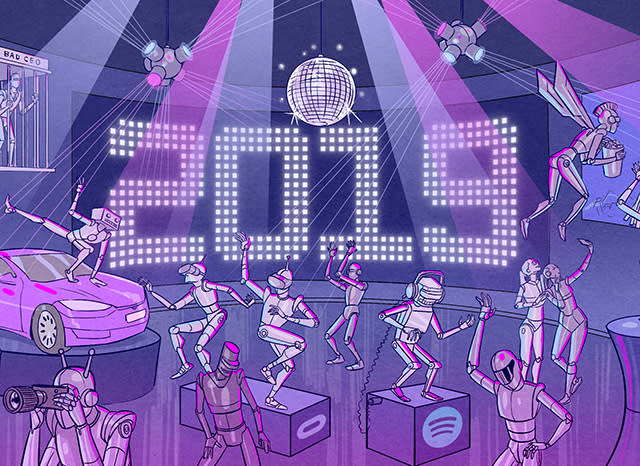Streaming won't get easier or cheaper
At some point, companies need to start making money.
After years of declining cable subscriptions, the bundle is back. Smaller bundles at slightly lower prices, sure, but still bundles. While Netflix had some competition from Amazon and Hulu when it came to one-price-fits-all streaming in the past, the last quarter of this year has been a whirlwind of launches with just Disney+ and Apple TV+ alone.
And it won't slow down in 2020, either -- HBO Max and Peacock are right around the corner. Between those and existing streaming options, like CBS All Access, Sundance Now, Shudder, BET+, Crunchyroll and Funimation (did we miss any?), it's getting expensive to keep up with TV and, naturally, piracy is roaring back into the mainstream.
As I look around, I see people wondering who asked for all of these options and the answer appears to be investors. Each backing company has different reasons to want to take a bite out of the video pie, but they're pumping millions or billions into these services and the content for them, and the expansion won't slow down until the bills are due.
The most telling revelation when Disney unveiled Disney+ wasn't its $6.99 per month price or news that its app would include downloads and HDR -- it's that the company is prepared to lose a billion dollars by pushing the service next year. The losses won't peak until 2022, and it's not hoping to break even until 2024. AT&T's plan for HBO Max? Investing $2 billion next year, all with the projection that it will be a money loser until 2025.
Tim Cook told investors in October that he considers TV+ "a gift" to Apple users, which should explain the free year that comes packed in with so many of the company's new devices. Billion-dollar handouts will pay for a lot of Baby Yodas, dragons and episodes of Friends at the start, but beyond the hassle of figuring out which service is worth paying for, we're staring down the prospect of paying a lot more in the future when some of these services need to start making money.
Netflix is easily the best example of this, and while it's using some complex accounting strategies to keep up with deep-pocketed competition -- what do you know about debt financing? -- it's raised prices four times going back to 2014. The math is fairly simple to follow. Even accounting for international expansion, Netflix can only sign up so many new people. Content isn't getting any cheaper to license or make, and while creating original shows and movies means it has more control, it also requires a lot more money up front.
So how do you get more money without drastically increasing the number of subscribers? You raise prices. Or, at least, you introduce new services that are only available at higher prices. Netflix managed to keep its entry-level service at $7 until just this year, and it has started rolling out a cheaper mobile-only service in several countries. While having competition from so many services is bound to keep prices down for a while, inevitably the survivors of this battle royale will face the same pressure from parent companies and investors to find more money.
While shelling out for stuff from The Mandalorian to 6 Underground is already far from cheap, by the middle of the next decade, we might be wondering what happened to the days of just paying $6.99 for a Disney sub alone -- imagine Pixar+, MCU+ and Star Wars+ VR 8K add-ons.
ENGADGET'S YEAR IN REVIEW 2019


